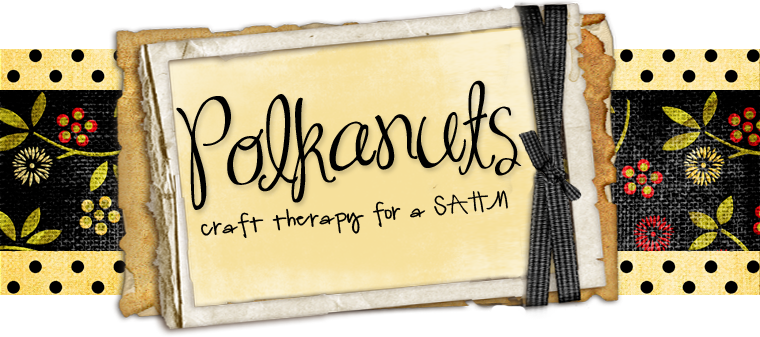
Ava has wanted one of these fluffy beauties for a while. Her birthday was coming up, but when I saw the boutique prices I thought I'd try making one myself. I admit, I'd always wanted one as a little girl too. I followed the tutorial I saw
here on Martha Stewart's website, along with the tips and fabric purchasing source
here on one of my favorite blogs: Grosgrain. 15 hours later (pieced together after the little darlings were asleep), I had an adorable pettiskirt, a realization that the boutique prices are cheap if you count your time (minus materials I figure I would have earned about $3/hour or less were I to sell this at a boutique price), and some additional tips of my own. The next one will go faster, and yes there will be a next one. With three daughters and regular play dates, one fluffy pettiskirt is not enough.
So here are my tips:
1. The measurements on Martha's site are for a very short, toddler size skirt. For older girls, you will need to add an inch or two to the width of each strip. You'll probably need at least 6 yards of the nylon chiffon.
2. Martha's tutorial suggests 1 1/2 yards of the satin charmeuse, but there is enough gather in the waistband to skimp a few inches and just get enough for the width of the band you need, from 8 to 12 inches of a 45/46 inch wide yardage for example.
3. Instead of measuring all those rectangles out of the fabric, I did a little math and approximated the following so I can just use my cutting pad and ruler and cut straight strips across the width of the fabric. The nylon chiffon I ordered was about 46 inches wide so I cut:
1st tier: 6 strips at 3.5 to 5 inches wide (depending on length of skirt)
2nd tier: 14 strips at 4.5 to 6 inches wide
Ruffle fluff: 38 strips at 2.5 inches wide (you don't need to make this wider regardless of skirt size)
4. It took me almost exactly one roll of elastic thread to finish all of the shirring for one skirt. (To shirr: hand roll elastic thread, without stretching, onto your bobbin and set the stitch length to a long setting. As you sew, the chiffon will gather up.)
5. When sewing the tiers together, put the ruffled/shirred layer on the bottom and the smooth layer on top so the ruffles don't catch on the sewing machine's presser foot.



 I made this wallet as a birthday present for my sister. Lots of pockets, but lightweight... I have so much to carry around these days, I'm really into lightweight! Does anyone else with kids ever start to feel like a pack horse? I figured since she's always lugging around a big camera bag or a carseat/diaper bag, she'd appreciate that feature as well. I started with the tutorial I found here, but added to it so that instead of just folding in half, I'd have a tri-fold wallet with a flap.
I made this wallet as a birthday present for my sister. Lots of pockets, but lightweight... I have so much to carry around these days, I'm really into lightweight! Does anyone else with kids ever start to feel like a pack horse? I figured since she's always lugging around a big camera bag or a carseat/diaper bag, she'd appreciate that feature as well. I started with the tutorial I found here, but added to it so that instead of just folding in half, I'd have a tri-fold wallet with a flap.




















